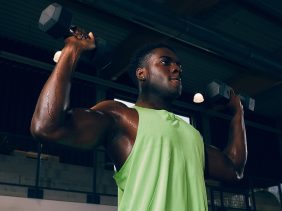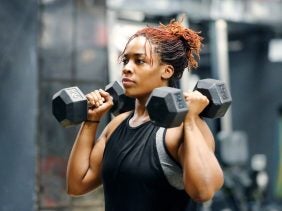Push & Pull – The Only 6 Moves You Need to Know to Build Strength
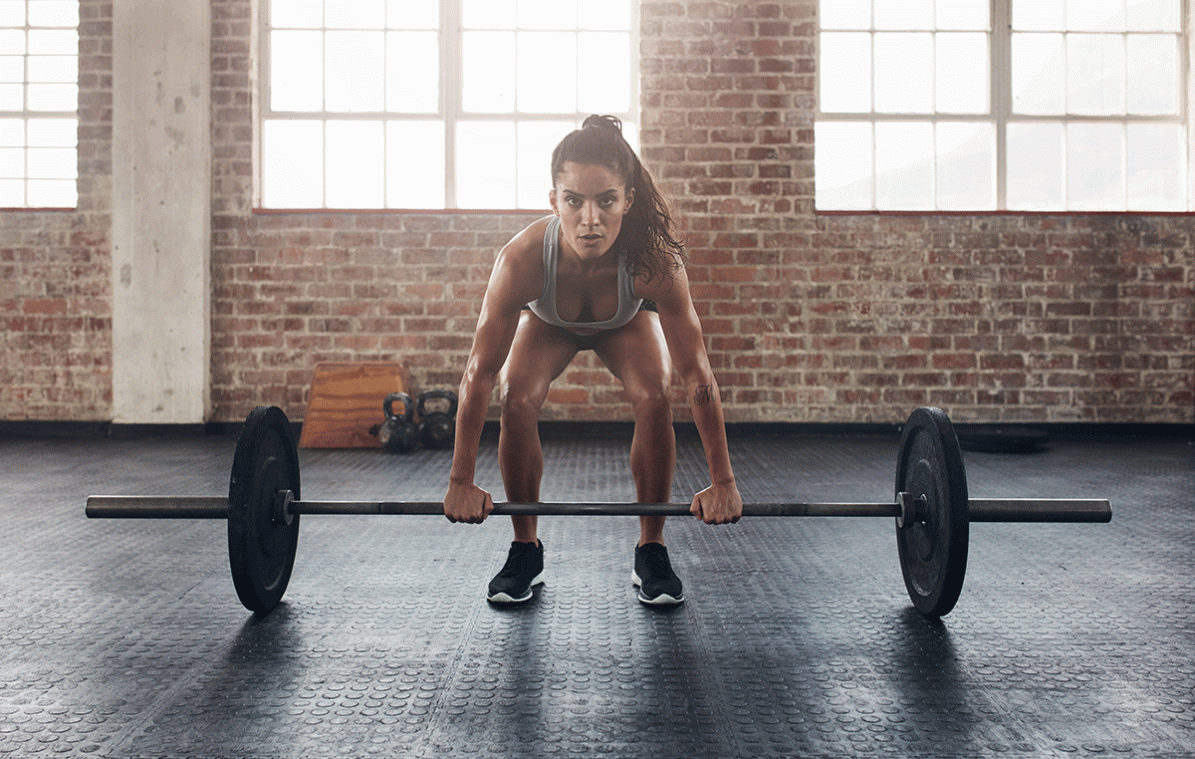 © jacoblund
© jacoblund
Your gym bag is packed, your Energy Aminos are ready, and your motivation to hit the weights couldn’t be higher. Wonderful, then nothing can go wrong, right? Wrong!
If your goal is to really build strength, the first step is to get to know the basics of strength training and create a training plan. Choosing the right exercises isn’t easy because many factors can play a role. But if you’re just starting out with weight training, one thing is especially important: keep it simple! As a beginner, you should start with a full body plan. What this plan should look like in detail depends, of course, on your personal goals and needs. But you don’t have to make it into rocket science to effectively challenge as many muscle groups as possible.
Our trick: Whether you’re a beginner or a pro, just follow the basic push & pull movement patterns. We’ll show you what that means, what a pull or push workout looks like, and how you can build up an effective full-body workout. With a plan based on these movements building strength is basically automatic!
Want to adapt your lifestyle to your training to reach your goals even more effectively? Our Muscle Pack Pro has everything you need to grow like a pro!
What Are Movement Patterns?
In this context, movement pattern means the way in which movements are performed during training. Pulling movements are when you pull something towards you, for example, in a lat pull-down. These movements tend to work the back of your body. Then there’s the pushing movements when you push something away from your body, for example during a bench press, and tend to train the front of your body. In each case, different muscle groups are engaged. These pushing and pulling movements can be divided into a total of 6 further patterns. Your full body workout should include a mix of different patterns.
Why Should You Use Movement Patterns as a Guide?
In order to train as many muscle groups as possible in your full body workout, it’s important to make sure that you’re not doing only pulling or only pushing exercises. A mix helps you balance your workout and make it more functional – read more about explicitly functional training here. A good combination also helps you avoid the imbalances that can arise from one-sided training, reduce the risk of injuries or cramps, and use the full range of motion of your joints, because if you don’t use it you lose it. Your workout will also be more efficient, because even if you can’t bench press anymore, you can still rally a lot of strength for a lat pull-down. Monotony in workouts not only makes it more difficult for you to reach your athletic goals but it’s also, most of all, boring.
Want to upgrade not only your training plan, but also your performance? With our Creatine Powder you can increase your physical performance* during strength training and reach your goals even faster.
How Do I Fit Movement Patterns into My Plan?
Don’t worry, you don’t have to create a massive training plan and include all 6 patterns. But, especially as a beginner, you should still maintain a balance between pulling and pushing in your strength training and switch exercises after a few weeks. Exercises that work multiple muscle groups at the same time should be at the beginning of your plan. Exercises that target one or more muscle groups in isolation should come at the end because they require less strength and concentration. So, squats at the beginning, biceps curls at the end.
What else belongs in your workout plans to make them as effective as possible? With our Whey Protein** in your post-workout routine, nothing will stand in the way of your strength building plans.
Push Training
You can push a weight horizontally away from you, or vertically over your head. And you can (and should) also push weight with your legs. There are three different basic push movement patterns.
#1 Push
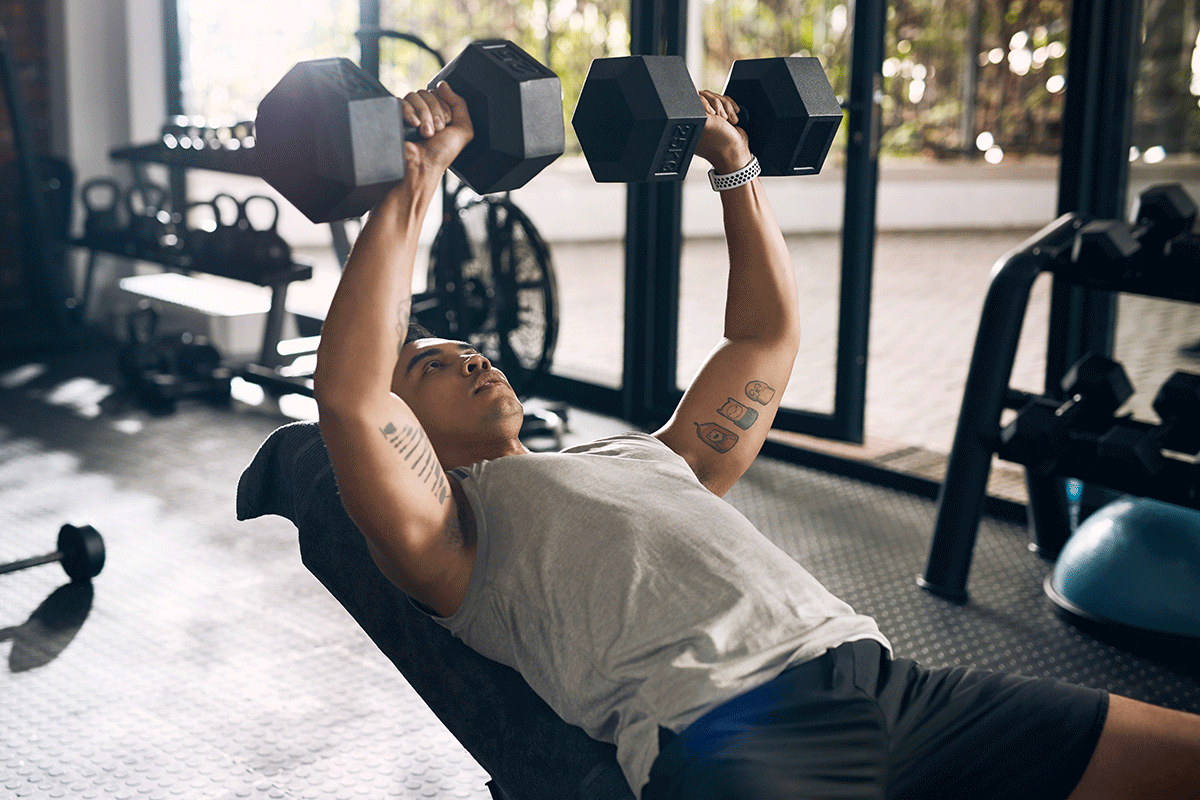
The most classic horizontal push exercise is probably the bench press. Your chest muscles can also be trained with push exercises on a machine or with a pulley.
- Primary muscles used: chest
#2 Press
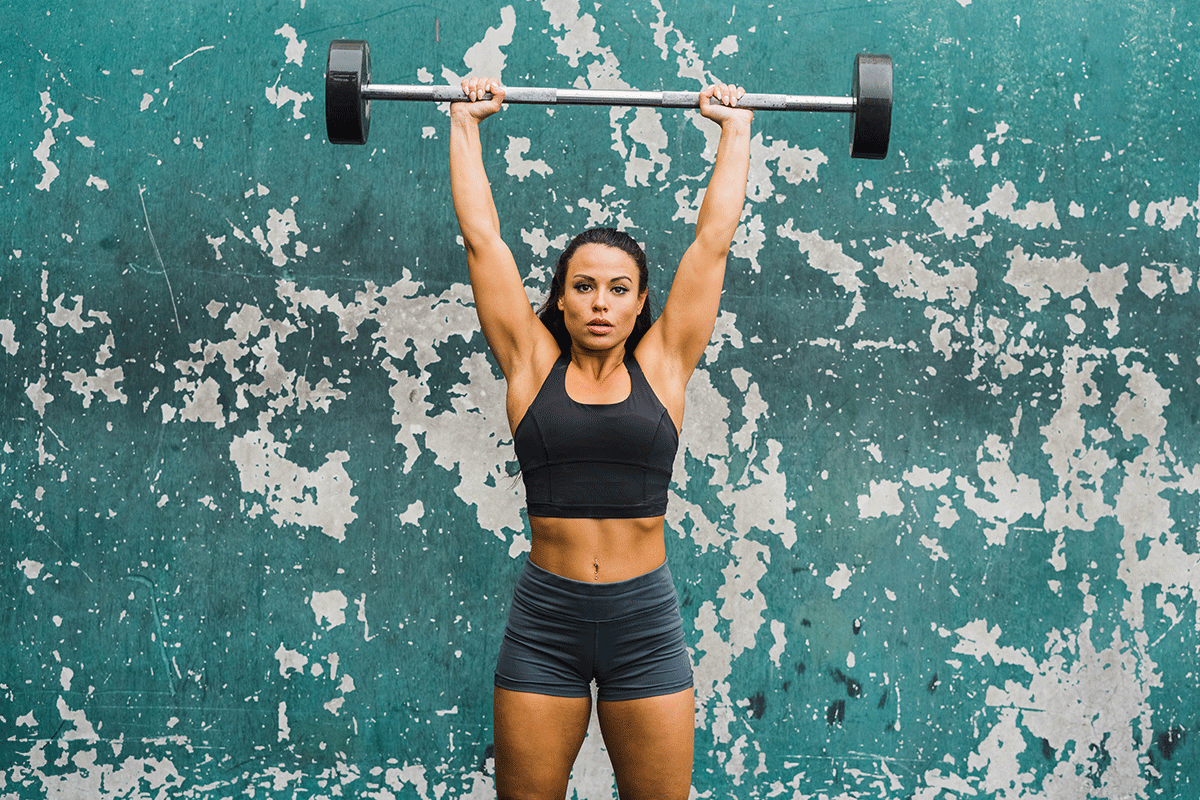
Vertical press exercises such as the military press or overhead squats are often key parts of functional training.
- Primary muscles used: Shoulders
#3 Squat
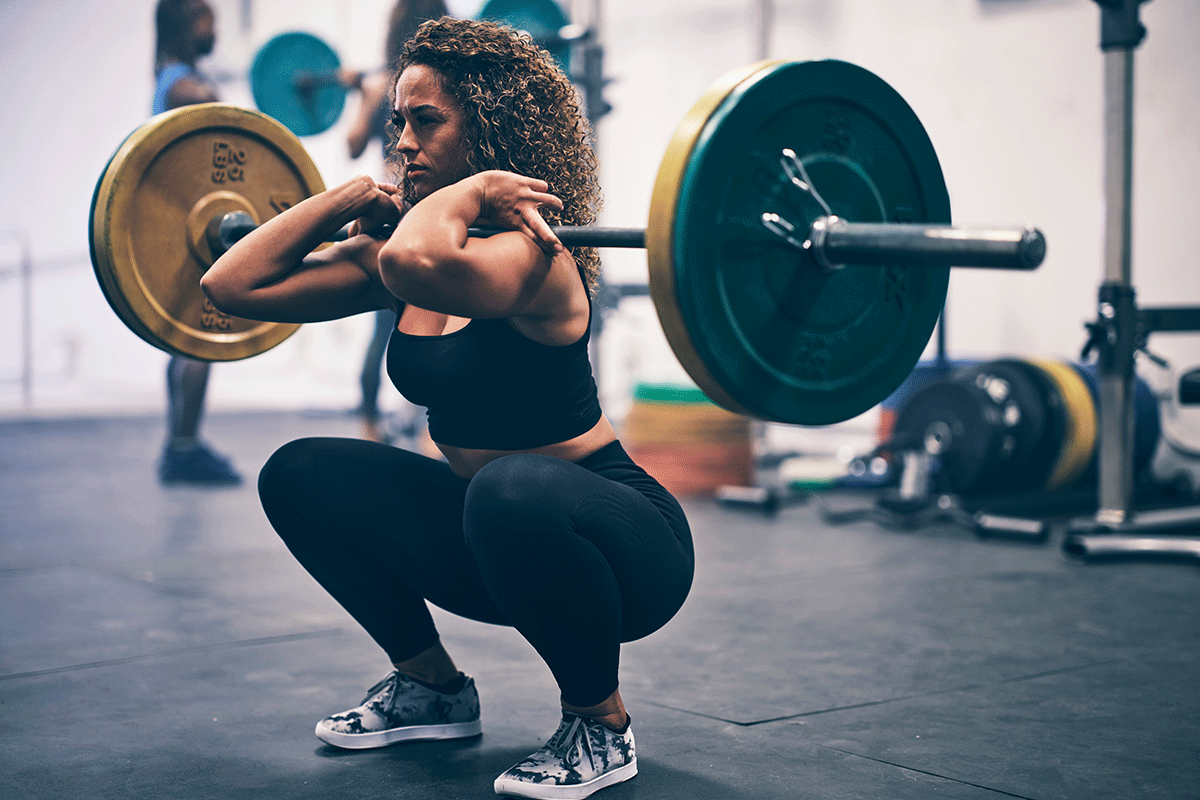
On leg day squats are the usual push exercise. From a deep squat position, you use your legs to push the weight up.
- Primary muscles used: legs, glutes, torso
Pull Training
You can pull weight towards you horizontally or vertically. In terms of your leg training, it’s all about the hinge, when you “lift” something while bringing your upper body from 90 degrees to vertical, like in a deadlift. There are three different basic movement patterns for pull as well.
#4 Pull
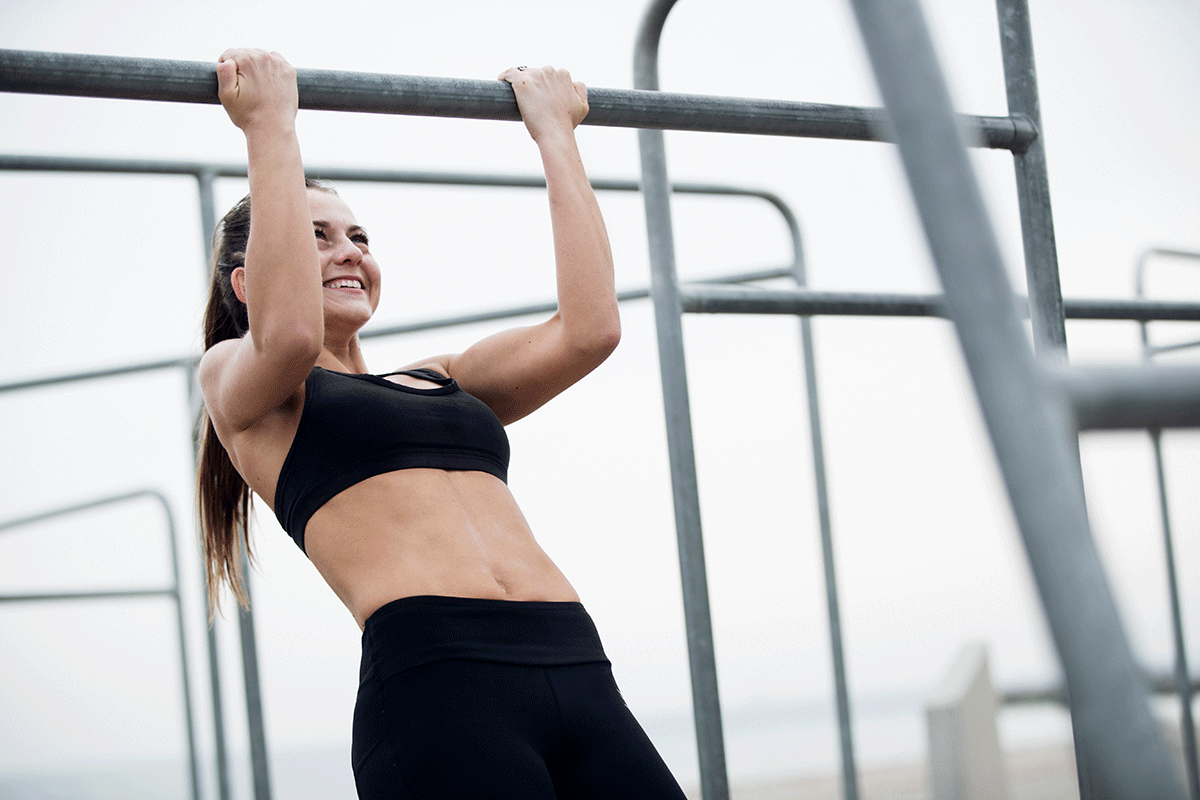
Classic vertical pulling exercises are the lat pulldown with a pulley and, the name already gives it away, pull-ups.
- Primary muscles used: lats, biceps
#5 Row
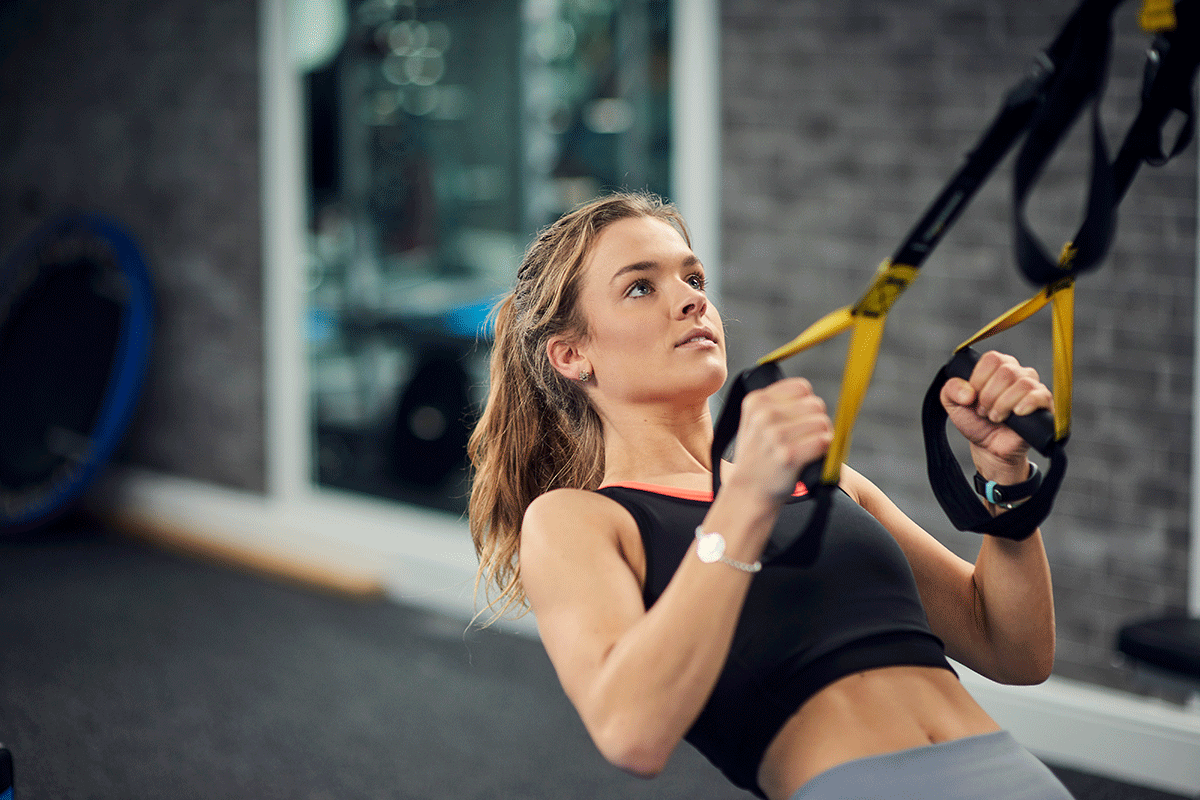
Pulling exercises where you pull the weight towards you horizontally are called rowing exercises. There are countless variations here with a barbell, kettlebells, on a sling trainer or on machines. There’s enough variety to guarantee you’ll never get bored.
- Primary used muscles: traps, lats
#6 Hinge

In leg training, the pull pattern is called the hinge: Lift your upper body from 90 degrees to vertical so your hips go from flexion to extension, your knees stay basically still, and your spine stays straight. The classic exercise in this pattern is the deadlift. Find out everything you need to know about this power exercise here.
- Primary muscles used: hamstrings, glutes, lats
Conclusion
- To build up your strength training as efficiently as possible, you need to create a training plan.
- The exercises you choose will depend on your goal but should cover several different movement patterns.
- These movement patterns can be divided into pull patterns (Pull, Row, Hinge) and push patterns (Push, Press, Squat).
- Whether you train different patterns on different days or follow a full body workout every time depends on factors unique to your body. There is no right or wrong!
- No matter how you train, make sure to keep your muscles happy after your workout. Our Whey Protein** not only packs an extra serving of protein, but also a creamy texture and all-natural flavor.
More healthy living tips from foodspring:
- Creating a Workout Plan
- 4 Steps to Proper Nutrition for Muscle Building
- Muscle Building Workout Plan – A quick & healthy way to build mass
- Outdoor Workouts: Burn fat with no exercise equipment
- Strength Training Exercises, Effects and Beginner Tips
*Creatine increases physical performance during successive short-duration, high-intensity workouts. A positive effect can be seen with a daily intake of 3g creatine.
**Protein contributes to an increase in muscle mass.
Sources for this article
We at foodspring use only high-quality sources, including peer-reviewed studies, to support the facts within our articles. Read our editorial policy to learn more about how we fact-check and keep our content accurate, reliable, and trustworthy.































